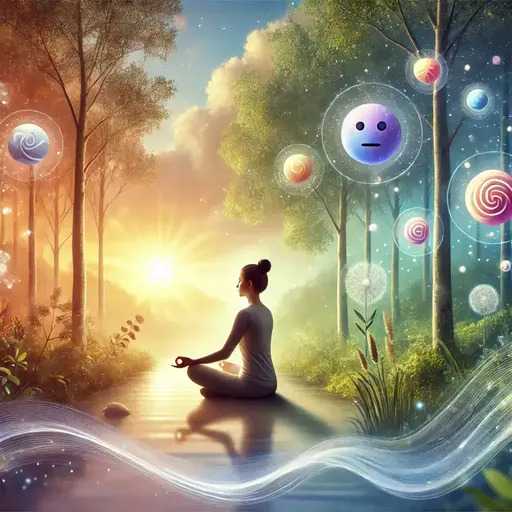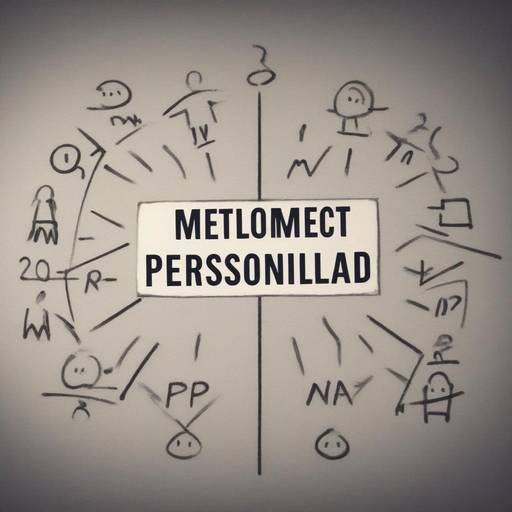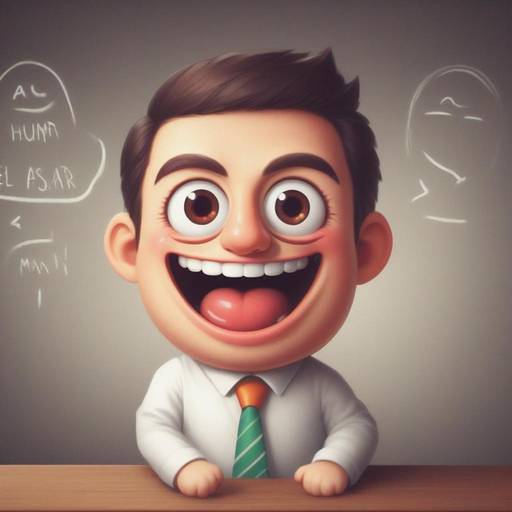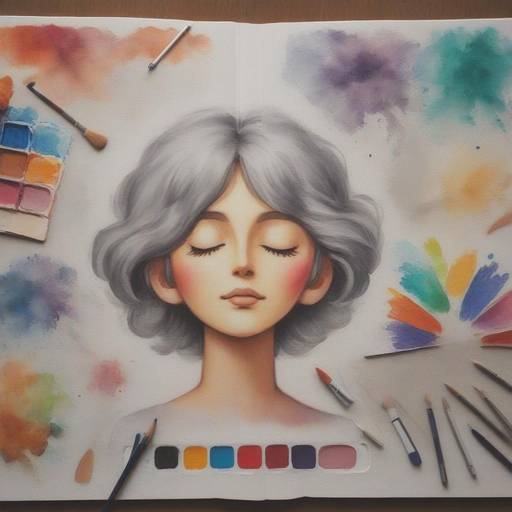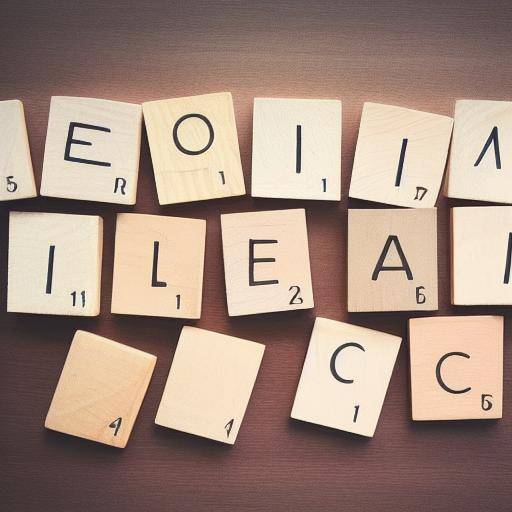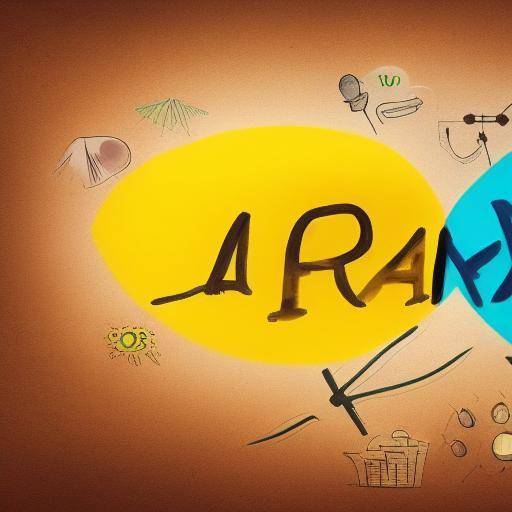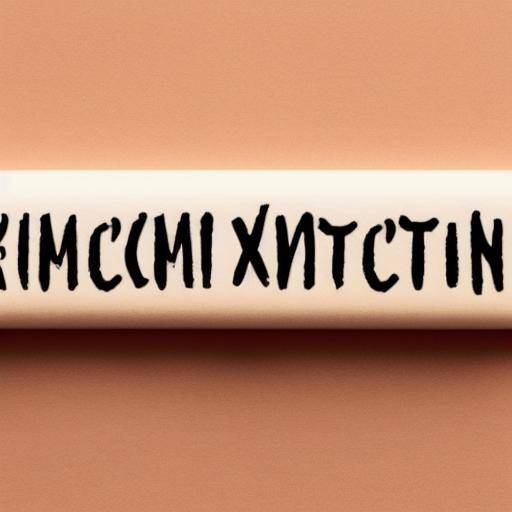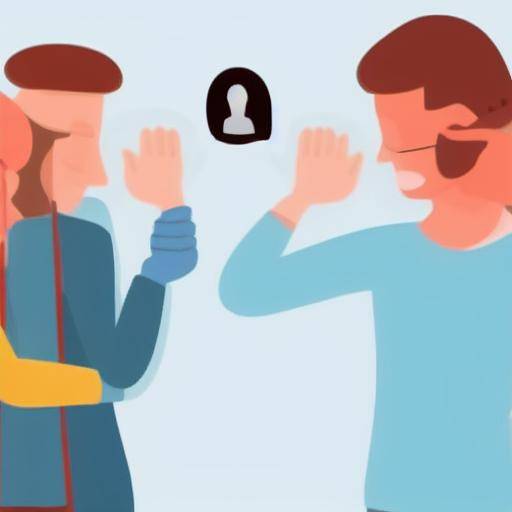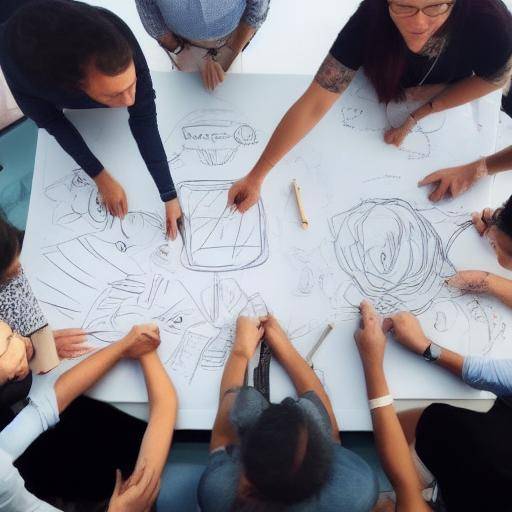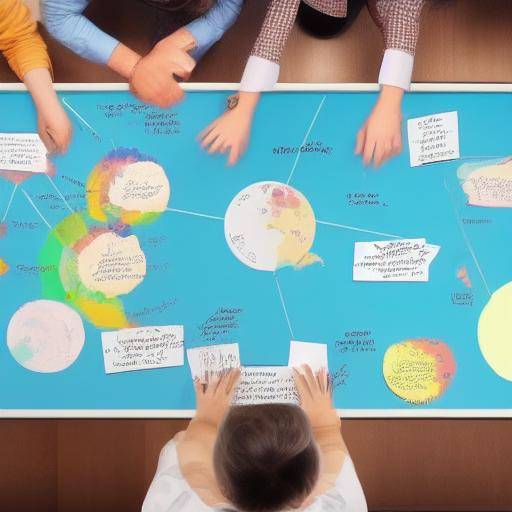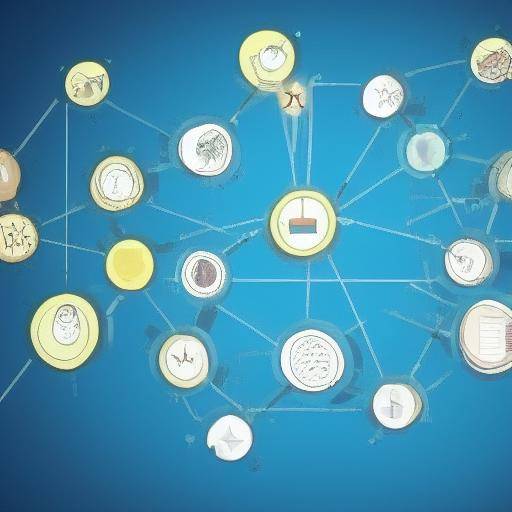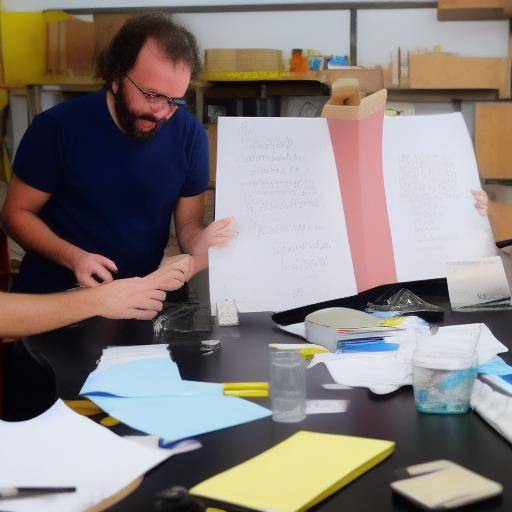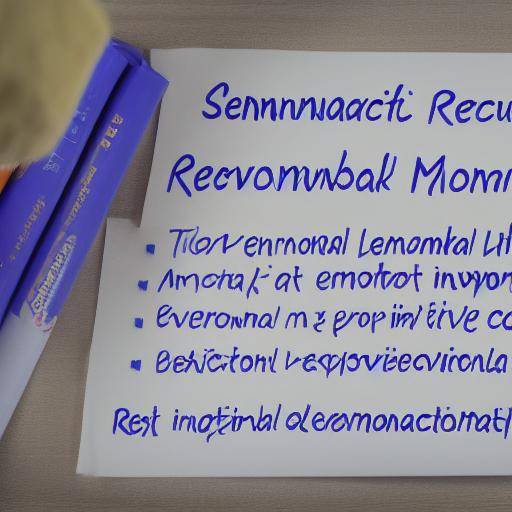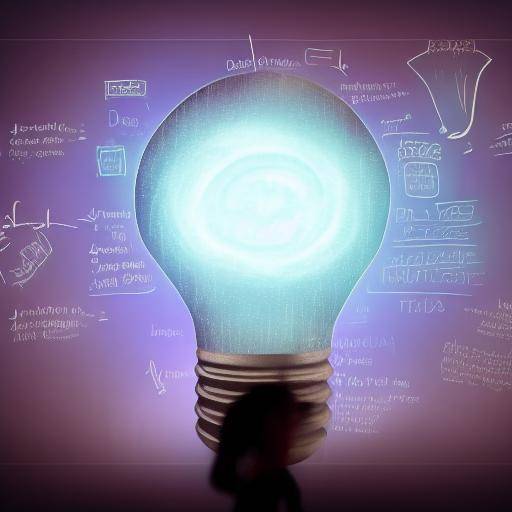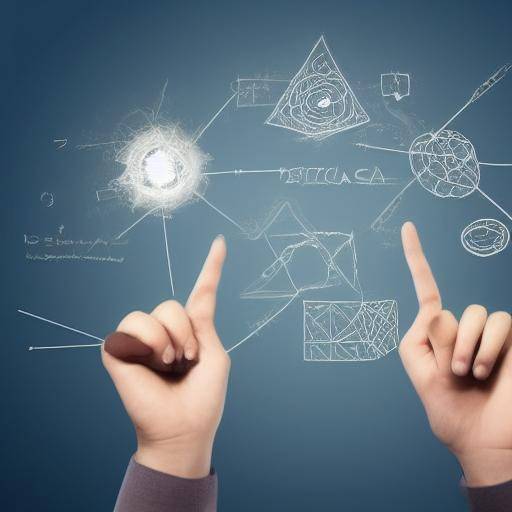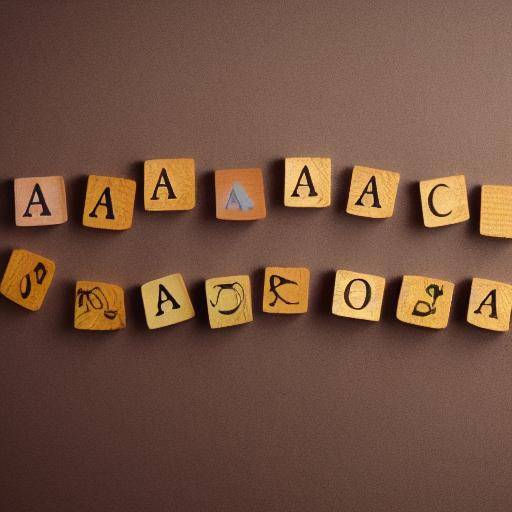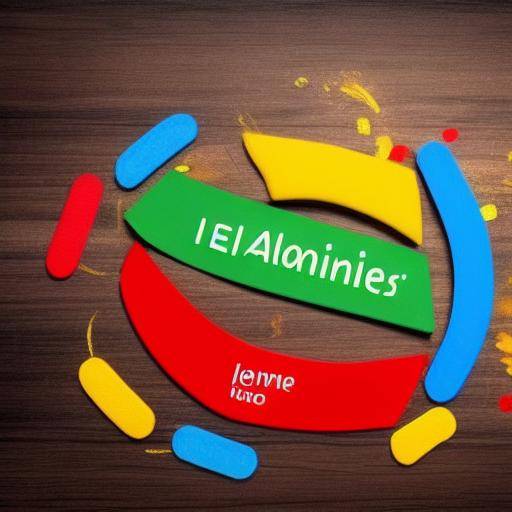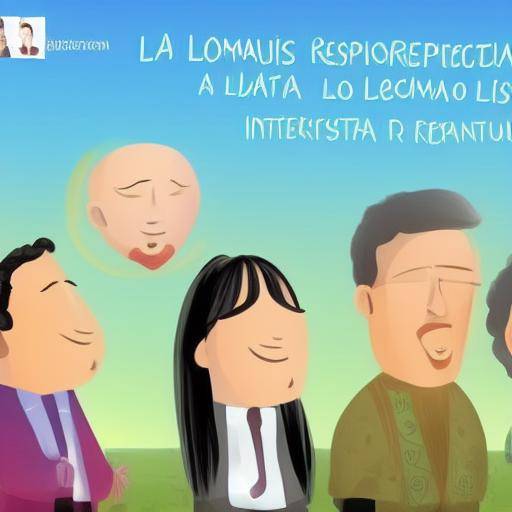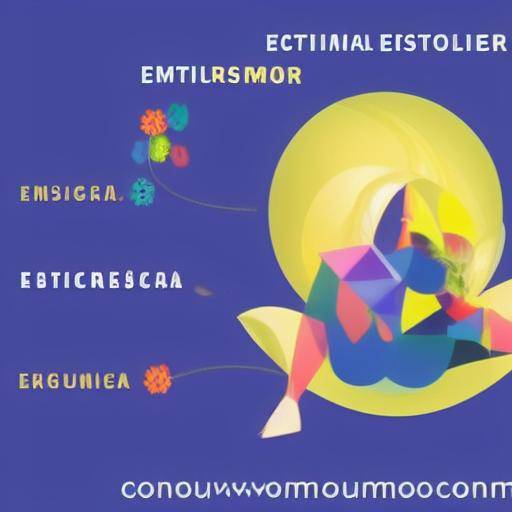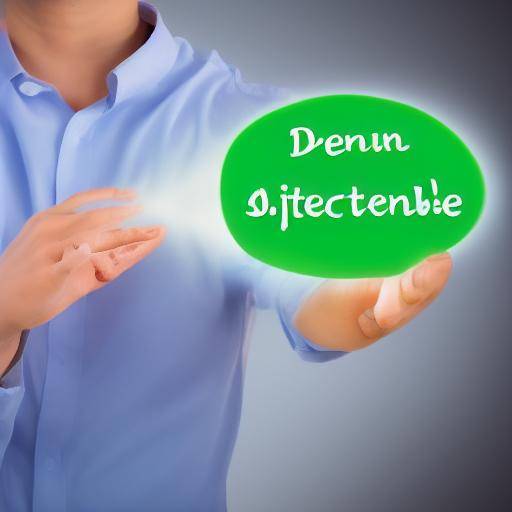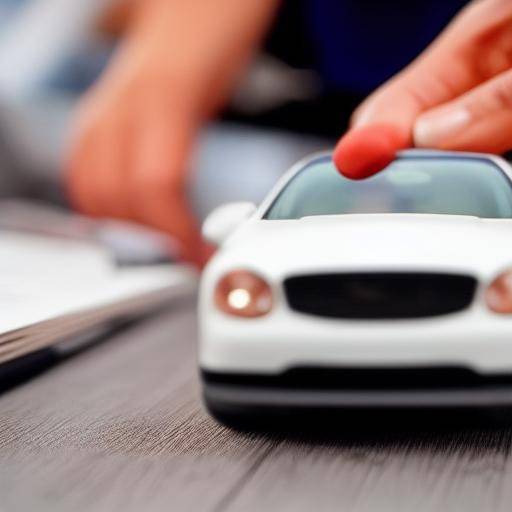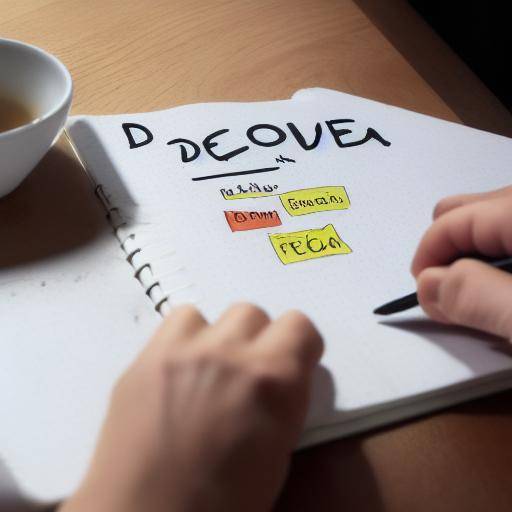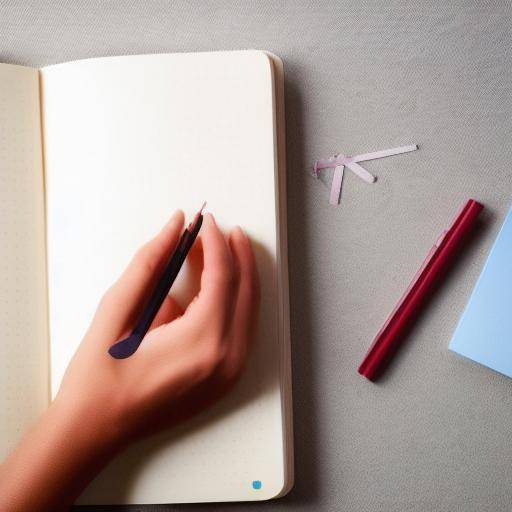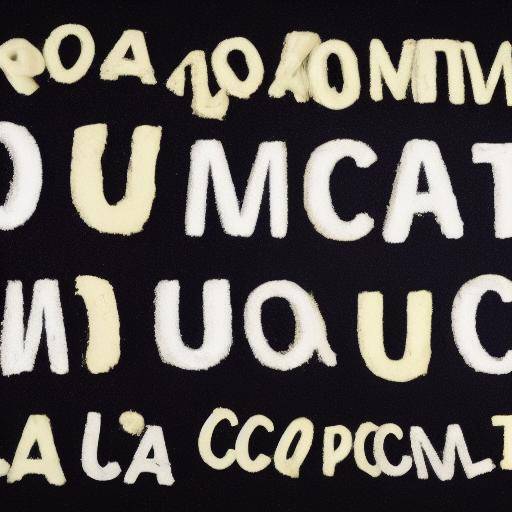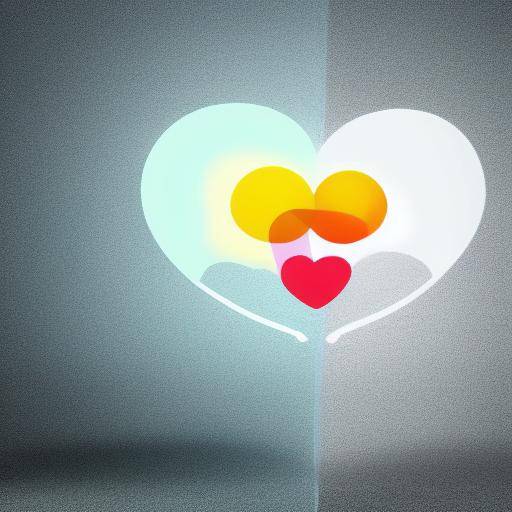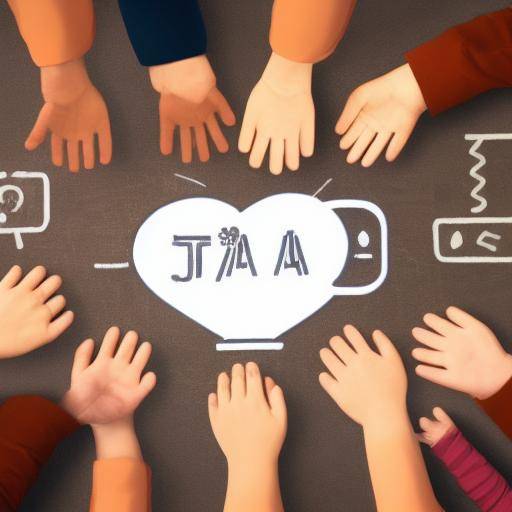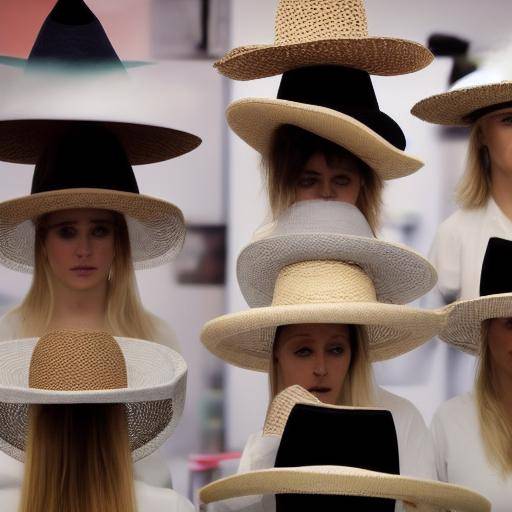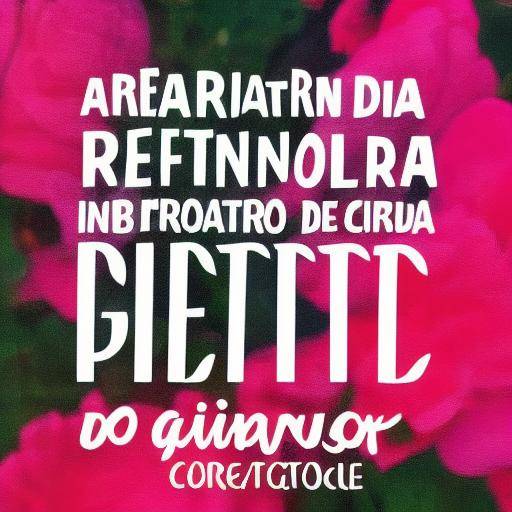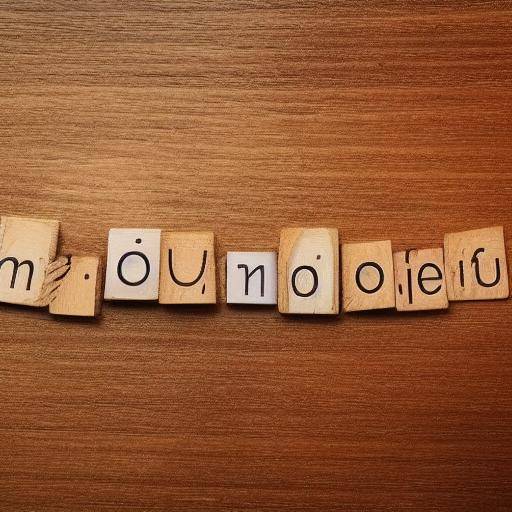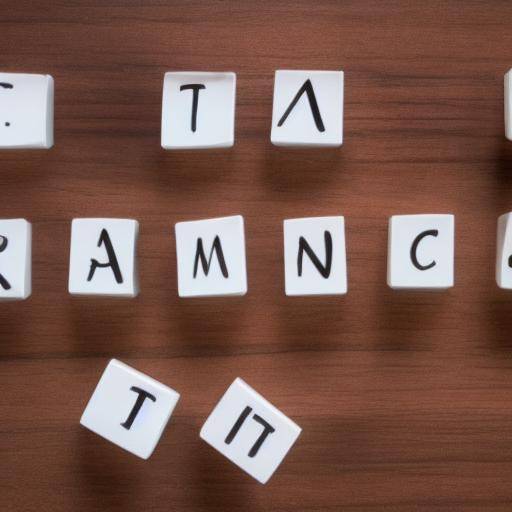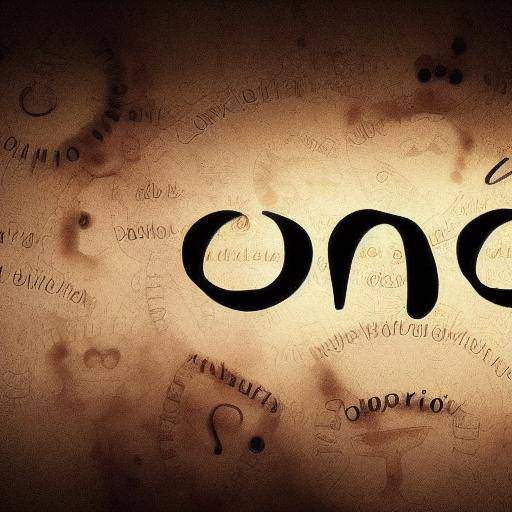
Creativity is a fundamental element in daily life, not only at the artistic or labor level, but also in the prevention of exhaustion and the promotion of emotional well-being. In the modern era, where stress and labor demands are constantly increasing, creativity is positioned as a powerful tool to counter the negative effects of exhaustion. In this article, we will explore in depth how creativity can impact positively on the prevention of exhaustion and the promotion of emotional well-being, providing an integral vision from the history and evolution of creativity to its practical application in various contexts.
Introduction
Creativity has long been regarded as an exclusive feature of artists or individuals related to artistic disciplines. At present, however, its importance is increasingly recognized in various areas of life, including the workplace, problem solving and emotional well-being. The ability to think innovatively and find original solutions not only drives progress and excellence at work, but also plays a crucial role in preventing exhaustion and strengthening emotional well-being.
History and Background of Creativity
The history of creativity dates back to ancient times, where it was associated with divine concepts and considered a gift given by the gods. Over the centuries, the perception of creativity has evolved, from being seen as a select gift to be recognized as a skill that can be developed and fostered in all individuals. From the Renaissance to the industrial revolution, creativity has played a leading role in the cultural, scientific and technological advances that have shaped modern society. The iconic figures such as Leonardo da Vinci, Thomas Edison and Marie Curie have marked significant milestones in the history of creativity, demonstrating their impact on different areas of knowledge and innovation.
Analysis in Deep Creativity
Creativity is associated with a series of multiple benefits for mental and emotional health. Scientific studies have shown that the creative act releases endorphins, which can reduce stress and anxiety. It also promotes self-expression, self-confidence and critical thinking, which in turn can facilitate greater resilience to stressful situations. However, despite these benefits, there are challenges associated with creativity, such as fear of failure, pressure for originality and comparison with others. It is essential to understand these challenges in order to maximize the potential of creativity in the prevention of exhaustion.
Comprehensive Review of the Application of Creativity
The impact of creativity on the prevention of exhaustion is manifested in various ways. In working life, fostering an environment that promotes creativity can reduce labor stress, revitalize employee motivation and foster a sense of personal realization. In addition, in the personal sphere, the commitment to creative activities can function as an exhaust valve in the face of daily pressures, allowing a greater connection with emotions and the exploration of new perspectives.
Comparative Analysis of Creativity, Augmentation and Emotional Welfare
The relationship between creativity, exhaustion and emotional well-being is complex and multifaceted. While exhaustion can hinder the ability of a person to express their creativity, creativity, in turn, can act as a resource to combat exhaustion. Emotional well-being, for its part, is influenced by both variables, being creativity a tool to foster a positive emotional state and prevent exhaustion.
Practical Tips and Accessible Recommendations
Adding creativity to everyday life can be an effective way of preventing exhaustion and fostering emotional well-being. Here are some practical tips for integrating creativity effectively:
- Time dedicated to creativity: Reserve regular time in your routine for creative activities, whether painting, writing, music or handicrafts.
- Exploration of new experiences: Get out of your comfort zone and explore new activities that awaken your creativity, such as dance, theatre or kitchen.
- Keep a creative journal: Carrying a personal journal to record thoughts, ideas and emotions can be a powerful way to foster creativity and release emotional tensions.
- Side thinking exercise: Practice side thinking in troubleshooting, challenging preconceived ideas and seeking innovative solutions.
- Creative collaboration: Seek opportunities to collaborate with others on creative projects, which can provide new perspectives and foster a sense of community.
Industry Reflections and Expert Reviews
Experts on mental health, psychology and organizational leadership have addressed the importance of creativity in the prevention of exhaustion. Their views highlight the need to incorporate creative practices into work and personal environments to promote mental health and emotional well-being. In addition, the opinions of experts in neuroscience and psychology have demonstrated the positive influence of creativity in brain activity and its ability to strengthen emotional resilience.
Case Studies and Practical Applications in Real Life
Case studies highlighting the incorporation of creative practices into work and personal environments provide concrete examples of how creativity can prevent exhaustion and promote emotional well-being. From companies that foster creativity in the workplace to individuals who find in creativity an escape and self-reflection pathway, practical examples show how creativity can have a significant impact on mental health.
Future Trends and Predictions
As awareness of the importance of creativity in the prevention of exhaustion continues to grow, new trends and approaches are expected to emerge to integrate creativity into everyday life. Technology will also play a crucial role in facilitating access to creative resources and platforms that foster artistic expression and innovation. Evidence-based practices are predicted to support the integration of creativity into corporate welfare programs and in exhaustion management strategies.
Conclusions
Creativity plays a key role in preventing exhaustion and promoting emotional well-being. By strengthening mental resilience, fostering self-expression and providing space for personal exploration, creativity can be a powerful tool to counter the harmful effects of stress and exhaustion. Integrating creativity into everyday life can not only improve quality of life, but also boost job performance and personal satisfaction.
Frequently asked questions about Creativity, Exhaustion and Emotional Wellness
1. What role does creativity play in the management of labor exhaustion?
Creativity can act as a resource to counter labour exhaustion by offering a pathway for self-reflection, emotional liberation and the search for innovative solutions to labour challenges.
2. How can I foster creativity in my working environment?
It can foster creativity in its working environment by promoting a working environment that values experimentation, critical thinking and collaboration, offering spaces for creative expression and recognizing and rewarding innovative ideas.
3. Is creativity only for people with artistic skills?
Creativity is not limited to artistic skills, it encompasses the ability to think originally, find innovative solutions and express itself creatively in various areas of life, such as problem solving, decision-making and innovation.
4. What are some creative activities that can help prevent exhaustion?
Activities such as painting, writing, music, dance, cooking, gardening, crafts, design and other forms of artistic expression can be effective in preventing exhaustion by providing a pathway for emotional liberation and personal exploration.
5. Are there tangible benefits of fostering creativity in working environments?
Yes, the working environments that foster creativity can experience tangible benefits, such as increased employee engagement, increased flow of innovative ideas, greater labor satisfaction and more dynamic and collaborative organizational culture.
6. What is the relationship between creativity and emotional well-being?
Creativity and emotional well-being are closely related, as creative expression can provide a means to process emotions, find meaning in meaningful experiences, and promote a positive mental state and greater self-esteem.
Conclusion: Creativity is built as a transformative force in the fight against exhaustion and the promotion of emotional well-being. By understanding its importance, fostering its development and applying it consciously in our lives, we can cultivate healthier environments, both at the personal and labor levels. The ability to find new ways to address challenges, express emotions and explore authenticity is a crucial pillar in building a balanced and fulfilling life.
Accessing this information is only the beginning of a journey that can lead you to more effective integration of creativity in your daily life, enriching your emotional well-being and strengthening your resilience against exhaustion.

